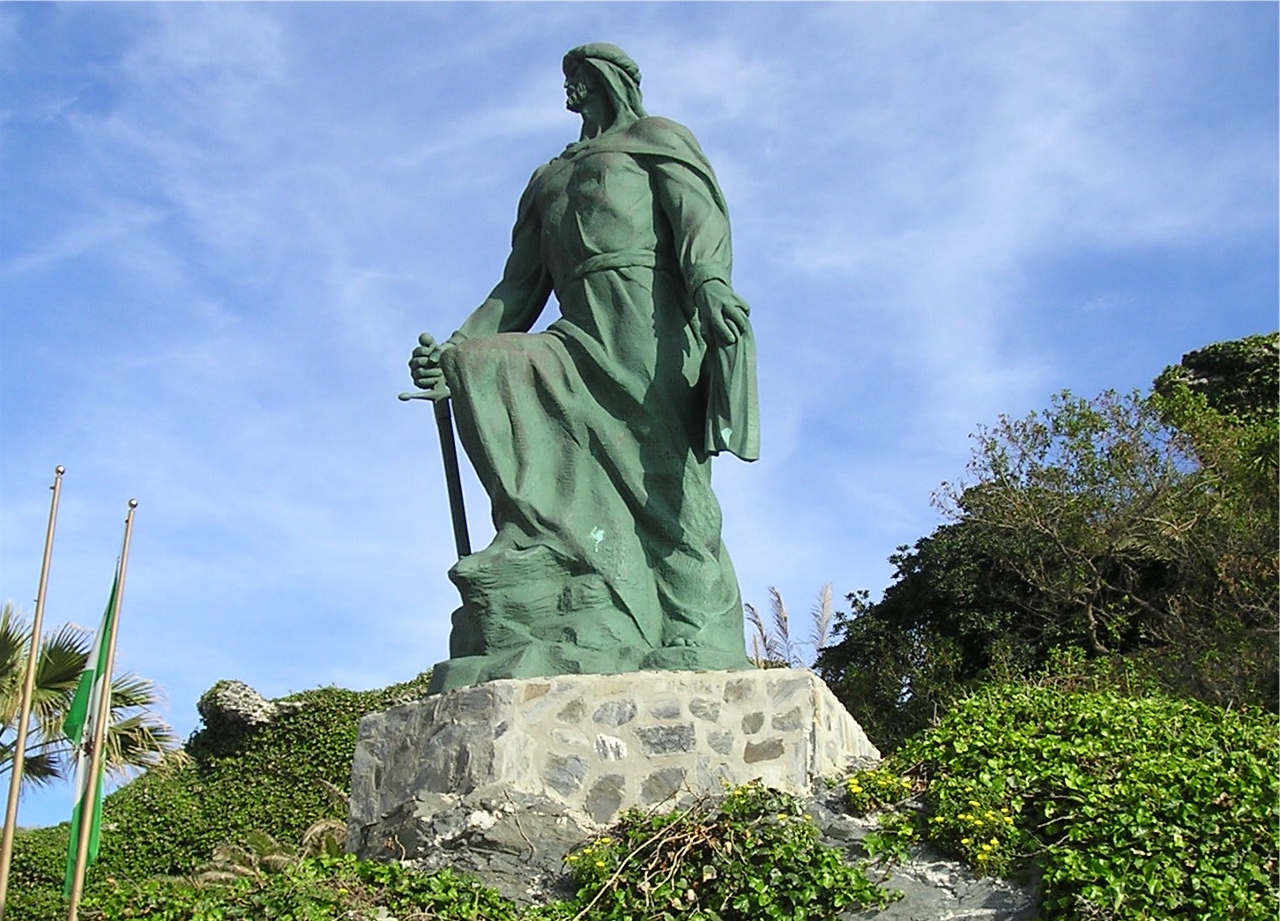The pre hellenistic age pretty low on data here
among conquerors
Thothmes lll - napoleon of egypt.Sixteen campaigns and a solid victory at megiddo,said to be undefeated.Insufficient evidence. Please recall - earlier, elsewhere, the choice of Cyrus (I think by Desiman) came in for criticism, because the evidence was so tenuous, and information regarding his battles so sketchy. Here too, in my opinion.
Darius the great Insufficient evidence?
From here the hellenistic era -
Miltiades ,mastermind of marathon. In the pool for the sake of Marathon, but with one major victory, hardly likely to make the cut. Marathon was a good battle, I am sure you will agree.
Not much else though but marathon saved athens so pretty big and was the first tactical setpiece battle in recorded history more or less.
[no themistocles here because he was a naval commander]Reasonable, although both Athenians and other Greeks didn't distinguish between actions on land or sea; both were led by strategoi.
Xenophon No way! For what? For the Anabasis? For writing the Anabasis? For his remaining fairly insipid martial record? For being an old buffer who liked the Spartans? For writing that terrific manual on horsemanship? - it's very practical even today, btw. Sorry.
Epaminondas oblique order and two great victories plus architect of theban hegemony. Best strategist before alexander. What the devil do you mean by that? Good politician, good leader, brilliant battle commander, hugely influential on formations, but strategist? Maybe we're using the word differently. I wouldn't agree.
Pelopidas the other tagos of thebes and though second foil to epaminondas a formidable general in his own right, like eugene to epaminondas's marlbrough.
Philip ,the greatest reformer and organizer before the romans, made the macedonian war machine.Great victory at charoenea.Another great victory at crocus field. Certainly might be included in the list; you should specify Philip II, as unlike his son, he had no glorifying name. Alexander should strictly be Alexander III.
Pyrhus of epirus He's in the list, I thought.
Cleomenes of sparta last great king of sparta.But why? What did he do?
In the roman era-
Sulla,Yes, but it hurts to include this bloodthirsty bastard in there.
marius,Yes.
scipio africanus There were three of them; you only want the first, Scipio Africanus Major, is it?
aemelinius OK
germanicus,OK
agrippa,OK
aetius,Already included, but OK.
strochiolli. Stilicho? Oh, Austerlitz, about your spellings.....
Also
pompey,Most certainly, considering that he would have been right up there, next to Sulla and Marius at least, if not next to Scipio, but for unfortunately being around at the same time as one C. J. Caesar.
lucullus, A very good choice!
quintus sertorius.And another!
Also
fabius'shield of rome' Presumably you mean F. Maximus Cunctator (his full name is quite a mouthful, four names and a cognomen). That's fine then.
Marcus claudius marcellus'sword of rome' No problem here either.
The rest in a later post?
Hamilcar barca.
Viriathus,headache of rome.
Constantine the great.
the muslim and japanese conquerors have been described here.
Of the chinese conquerors very little data but qin shi huang first emperor of china.Some of the manchu and ming dynasty emperors very difficult names...maybe some chinese members can help me here.
In india chandragupta maurya,then samudragupta 'napoleon of india';
chandragupta vikramaditya,shivaji and bajirao l from the maratha empire.Ranjit singh and the sikh generals have been alreday mentioned.Rajendra chole of the chola dynasty .these are conquerors mostly.EXcept samudragupta ,bajirao, shivaji.Also mahmud of ghazni is another conqueror missed out among the islamic invaders.And allaudiin khilji.
In africa ..shaka zulu 'napoleon of africa'Really advanced tactics but totally obsolete weaponry .U should read zulu tactics i was astonished.[its interesting how all the geniuses are called'napoleon of -'.Proffesor moriarty of sherlock holmes was also called 'the napoleon of crime'..just shows his influence on strategists.]
charles martel and charlemagne.
Alfred the great the great anglo saxon leader.
Otto the great the first german holy roman emperor.
Brian boru great irish commander.
edward longshanks, robert bruce.
Edward the black prince.Bayezid the thunderbolt.
Jan ziska and his war wagons.
CONQUISTADORS pizzaro and cortez.
The duke of alva,one of the great spanish leaders.
Fernandez cordoba ,le gran captain in spanish ,inventor of the tercio definitely top 25 contender.
wallenstein and tilly for the imperials.Horn from the protestants.
From the sun king...turenne and conde the two greatest.
Followed by luxemburg and villars.
Charles Xll of sweden.
Suvorov definitly top 20 contender.
Carnot the french organizer of victory.
Simon bolivar from south america.
From the americans washington,grant,stonewall jackson.robert e lee,sherman,pershing,bradley,schwarzkopf.
FRench ww1 petain and ferdinand foch.
Mao ze dong father of assymetrical warfare,vo nguyen giap.
Germans moltke is defintely top 15 if not top 10.
Also lossberg, inventor of elastic defense and ludendorff brain of the imperial german general staff.
Garibaldi from the italians.
From the napoleonic era after napoleon and wellington,davout .Unbeaten and a unbelievable victory at aurestadt.Key roles at eggmuhl,borodino,austerlitz.Napoleon's best marshall.
Then massena the dear child of victory.Massena and davout are the 2 real geniuses among the french save napoleon.
Other than these lannes,soult[though he was horrible on independent command].lasalle,kellerman,montbrun,murat among cavalry commanders.
From the allies no real geniuses here save archduke charles and scharnhorst.Blucher,bagration,kutuzov,schwarzenberg,gneisenau moderately good.
Hmm..i think i've covered most of the unmentioned here.





